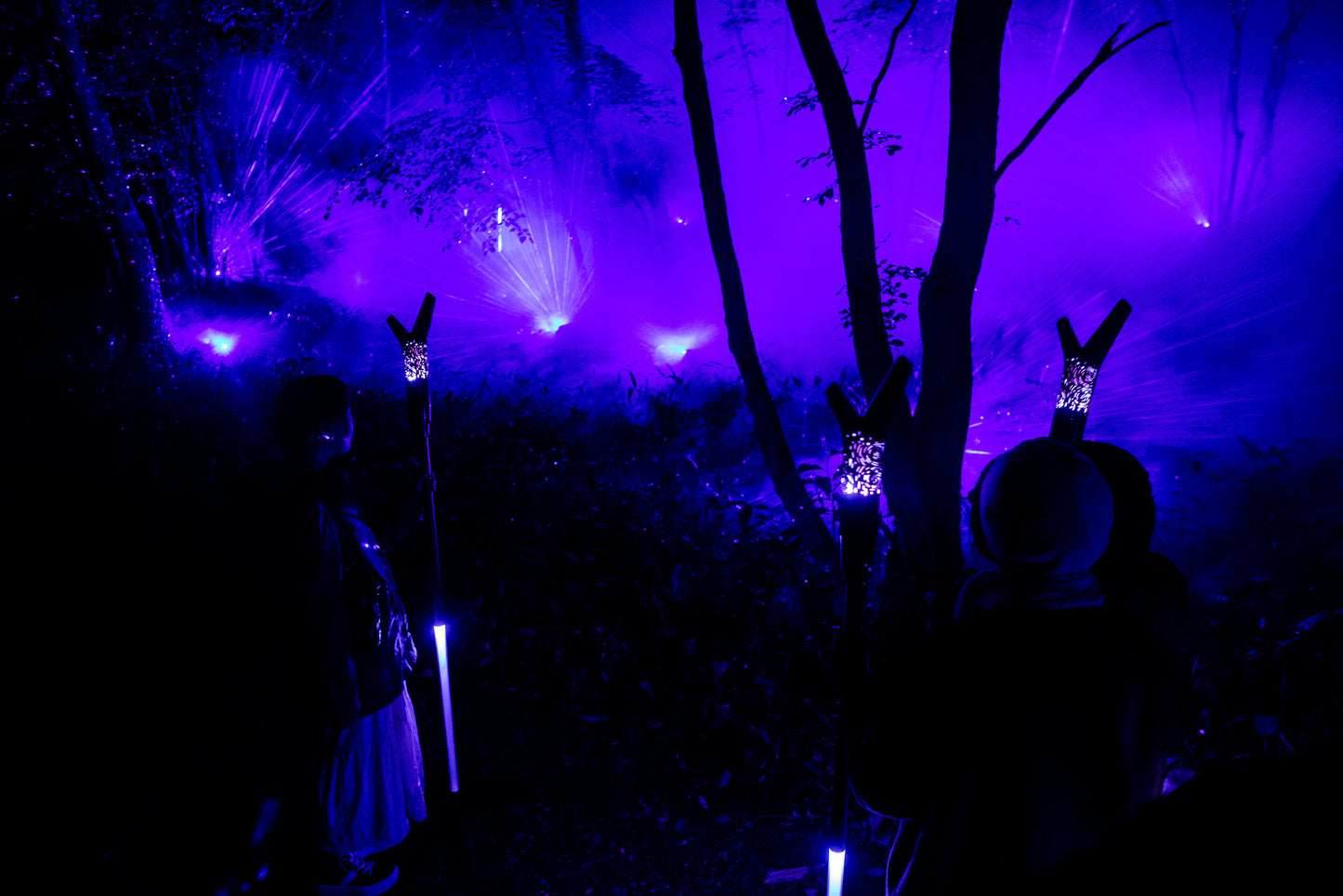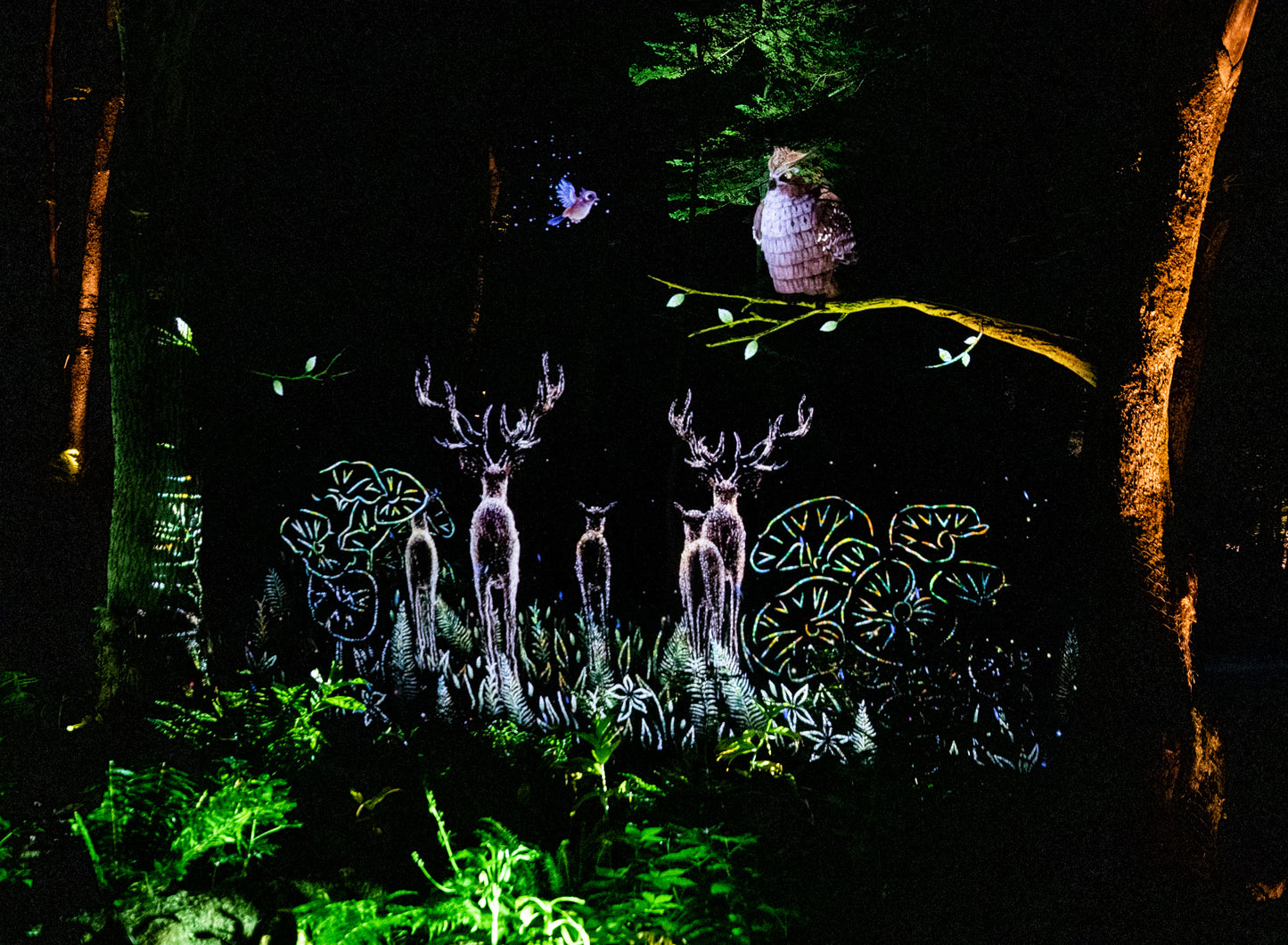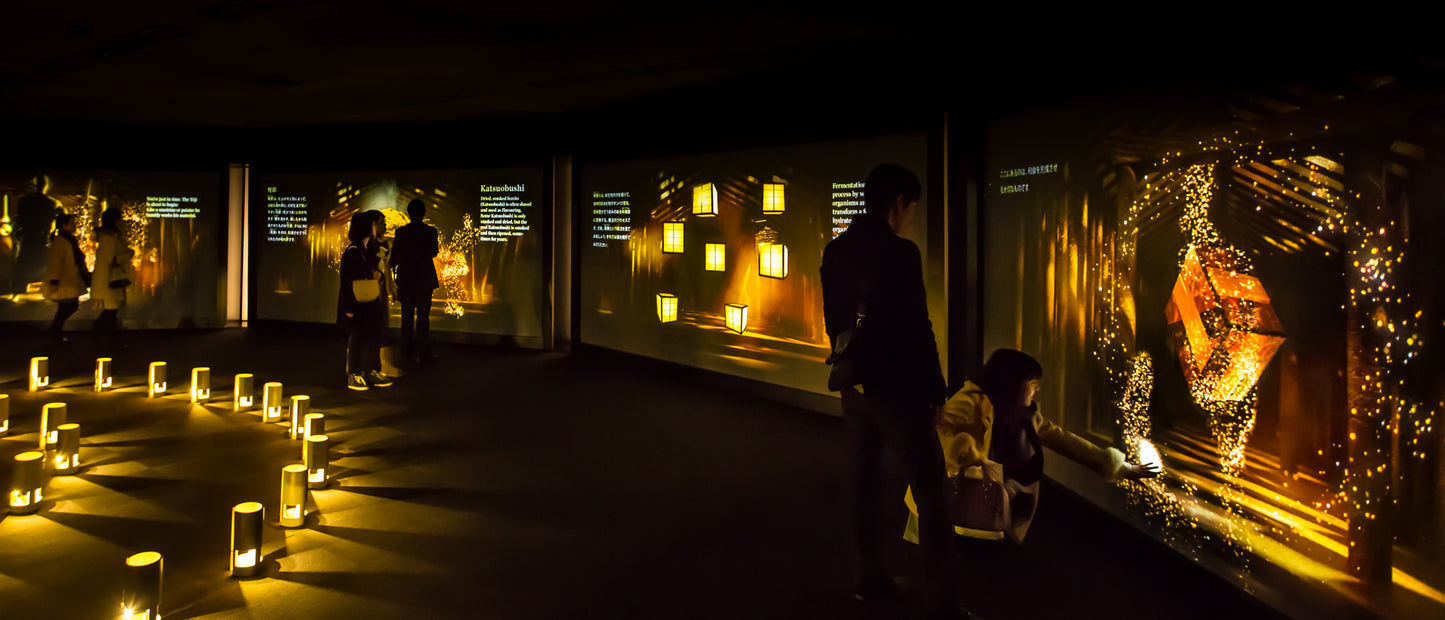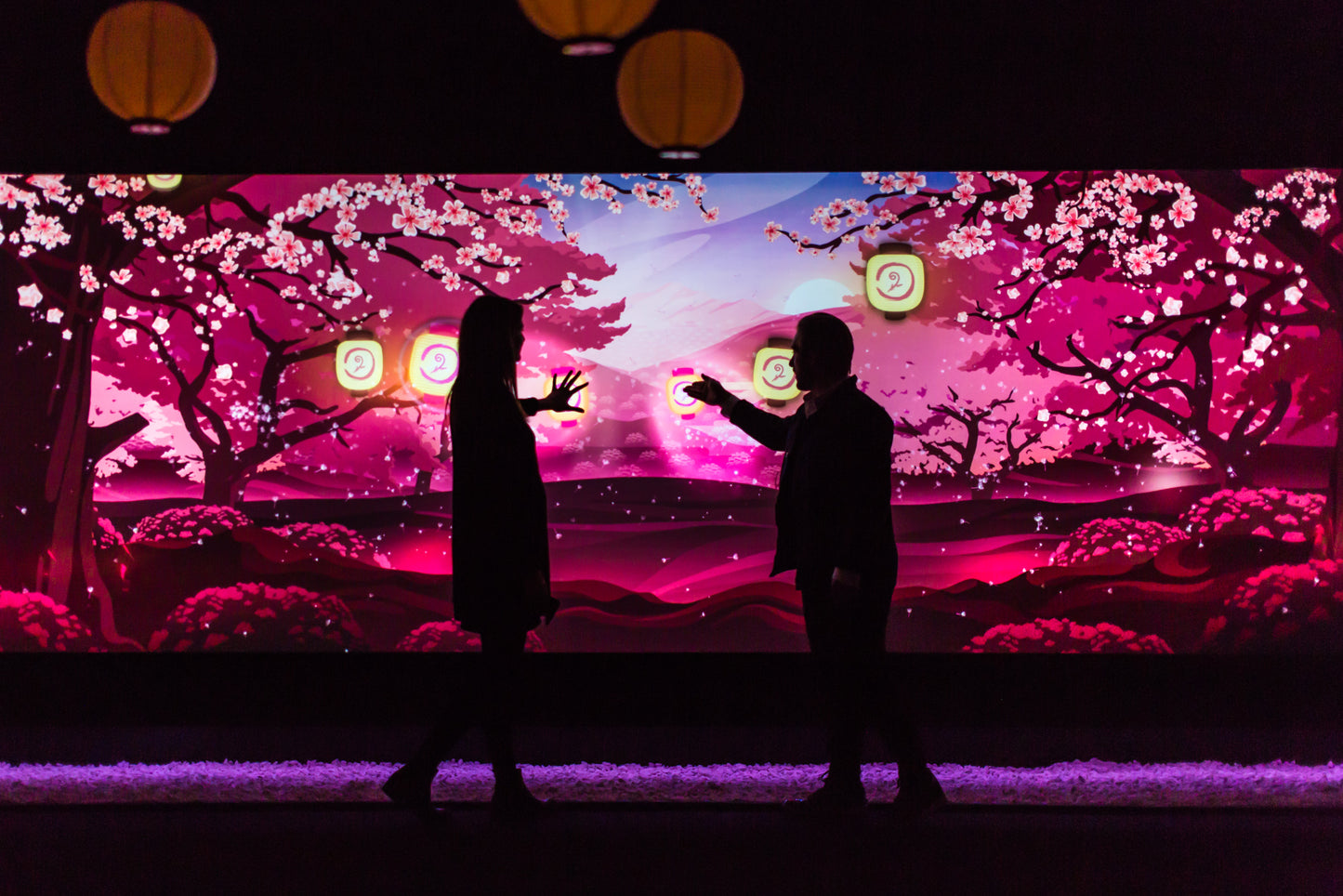As cultural institutions shift from holding exhibits to hosting experiences, they highlight the demand for imagination and innovation. Visitors are increasingly in search of transformative, immersive experiences, and they bring high-tech expectations with them to centuries-old establishments. These challenges have driven museums, science centres, and other cultural attractions to ask: How can experiences be reimagined to engage visitors beyond the traditional kiosk exhibit model?
Reinvention begins with the visitor
This ambition inspired The Museum, alongside Moment Factory, to push the boundaries of experiential learning with its upcoming permanent exhibit, Arctic Adventure: Exploring with Technology (slated to open Fall 2020). As visitors enter from the Blue Wing, they are not simply told about the Arctic—they step into a believable and immersive polar frontier. The Arctic comes to life with generative real-time content fine-tuned to change everything from sunlight hues and animal behaviour to the hour and season. Visitors become polar explorers who can trek across virtual ice fields with ground-penetrating radar and search for wildlife with interactive tools.
The exhibit’s engaging experiences invite visitors to be active participants, rather than passive observers. With more opportunities for involvement, guests are able to connect with the environment and technology in a more meaningful way. As Confucius reputedly said: “Tell me, and I will forget. Show me, and I may remember. Involve me, and I will understand.”
Engaging emotions through storytelling
We craft visitor journeys much like a script for a film or the structure of a novel. For each project, we develop a narrative arc and emotional curve that takes guests through moments of anticipation, wonder, learning, contemplation, and imagination. This lets us pace the experience and sustain curiosity between moments of play and internal reflection.
Visitors play a leading role in Kamuy Lumina, An Enchanted Night Walk At Lake Akan, an experience inspired by the storytelling traditions of the indigenous Ainu community in Hokkaido, Japan. The journey through Akan Mashu National Park centres on a retelling of the Ainu legend “Owl & Jaybird.” This hands-on narrative lets guests see, hear, and feel Ainu culture and attain a stronger appreciation for their reverence of the natural world.







